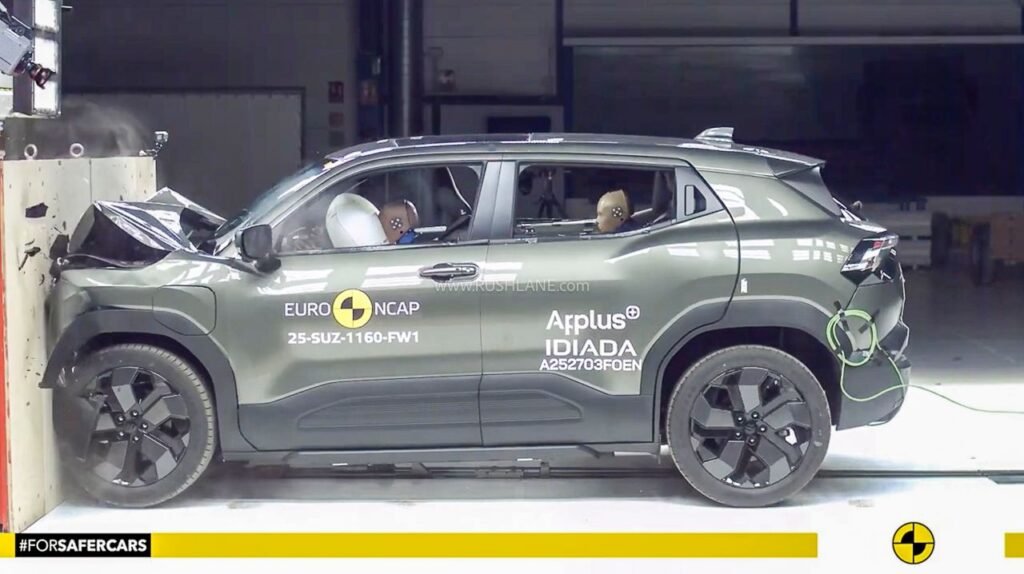Carmakers are worried as getting a 5-star rating in Euro NCAP will require them to introduce significant changes to the hardware
Across the globe, NCAP ratings play a key role in influencing car purchase decisions. Even more so in Europe, where an estimated 90% of buyers review NCAP ratings before purchasing a car. It explains why achieving a 5-star rating is among the priority items for carmakers in Europe. However, with the updated Euro NCAP safety assessment protocols, achieving a 5-star rating will become difficult from 2026 onwards. Let’s get more details on this story.
Safety a priority, not touchscreens
Euro NCAP’s updated 2026 safety assessment protocols focus on better protection for diverse occupants. They mandate more robust ADAS, which can perform better in real-world scenarios. While these seem manageable, Euro NCAP’s guidelines about the requirement to have physical controls in vehicle interfaces is the thing that’s worrying carmakers.
To get maximum points in the tests, cars will need to have physical buttons, dials or stalks for critical tasks like the horn, turn signals, hazard lights, windshield wipers and emergency SOS. The idea is to have these controls easily accessible and clearly visible. Euro NCAP’s new protocols want to ensure that the driver’s attention is focused on the windshield as much as possible.
The rationale for mandating physical buttons is based on studies. These show that taking the eyes off the road for even two seconds can lead to a frontal or rear-end collision. Touchscreens can increase safety risks, as they can divert attention by 5 to 40 seconds per task. If there is no haptic feedback, repeated glances further divert attention away from the road. Accident data reveals that distraction-related crashes in the EU have increased by 20% since 2020.
Why are carmakers worried?
Euro NCAP’s focus on physical buttons can be a challenge for carmakers to implement. Most carmakers have embraced the philosophy of clutter-free interiors, which means minimal use of physical buttons. Most of the controls have been shifted to the touchscreen. Returning to physical buttons will require hardware redesign and supply chain adjustments. This can push costs and extend launch timelines of new models.
Euro NCAP has also mandated that some critical information should be displayed at a specific angle. It includes data like lights, speed and assistance systems. While the aim is to reduce driver distraction, the changes will be challenging to implement. Euro NCAP has also increased the points for specific tests. For example, drowsiness detection now has 25 points, as compared to just two points earlier.
Driver drowsiness detection is now required to constantly monitor eye and head movements. It should also be able to detect the possibility of drug or alcohol use. Other updates include five points for child safety detection. Rear seats are required to have an alert for improperly fastened seat belts. Airbags are required to adjust the inflation based on the size, posture and position of the occupant.
This post was last modified on October 22, 2025 10:35 am







